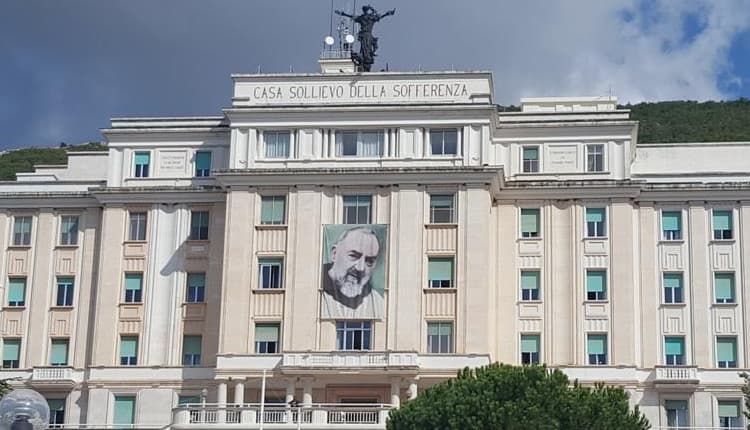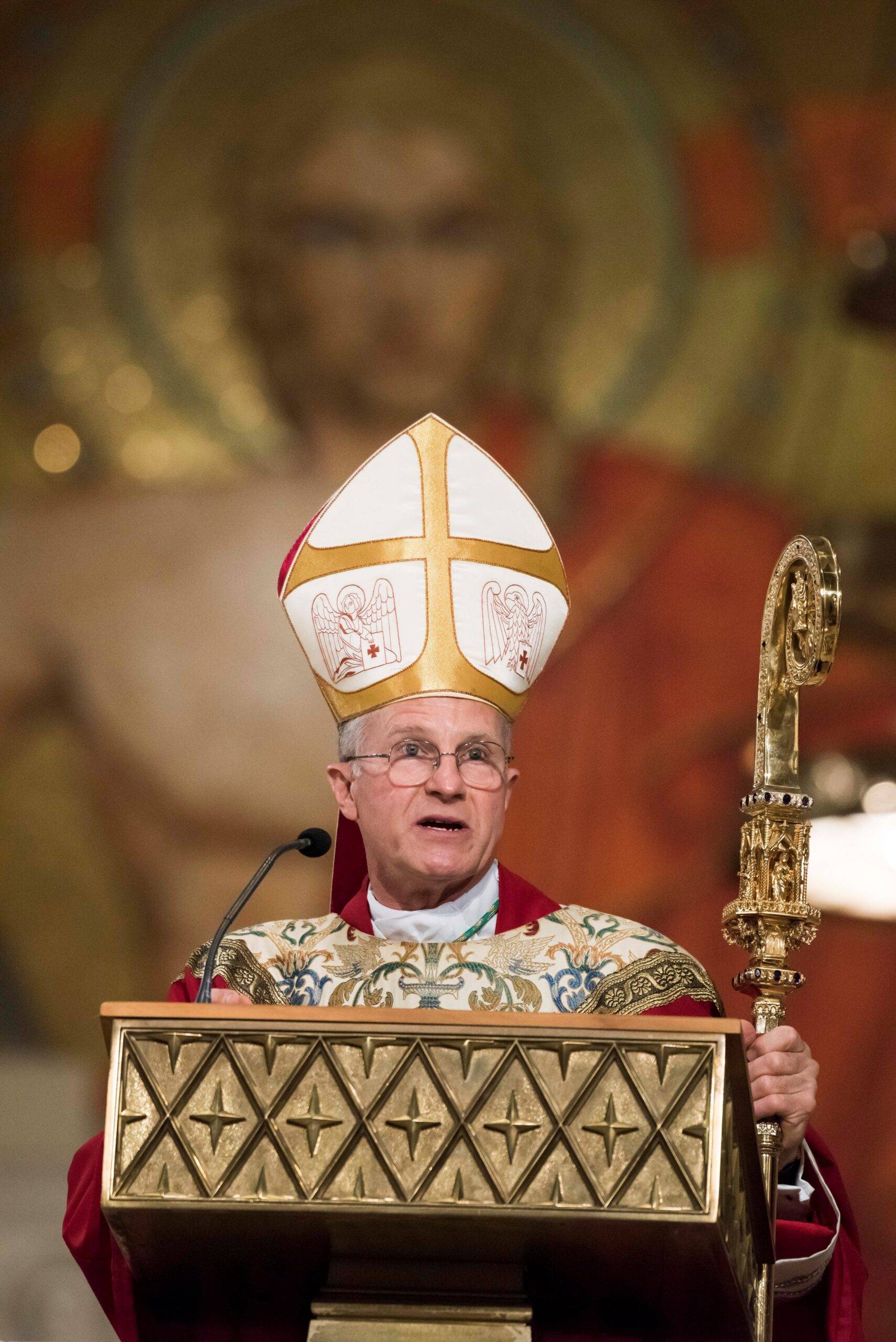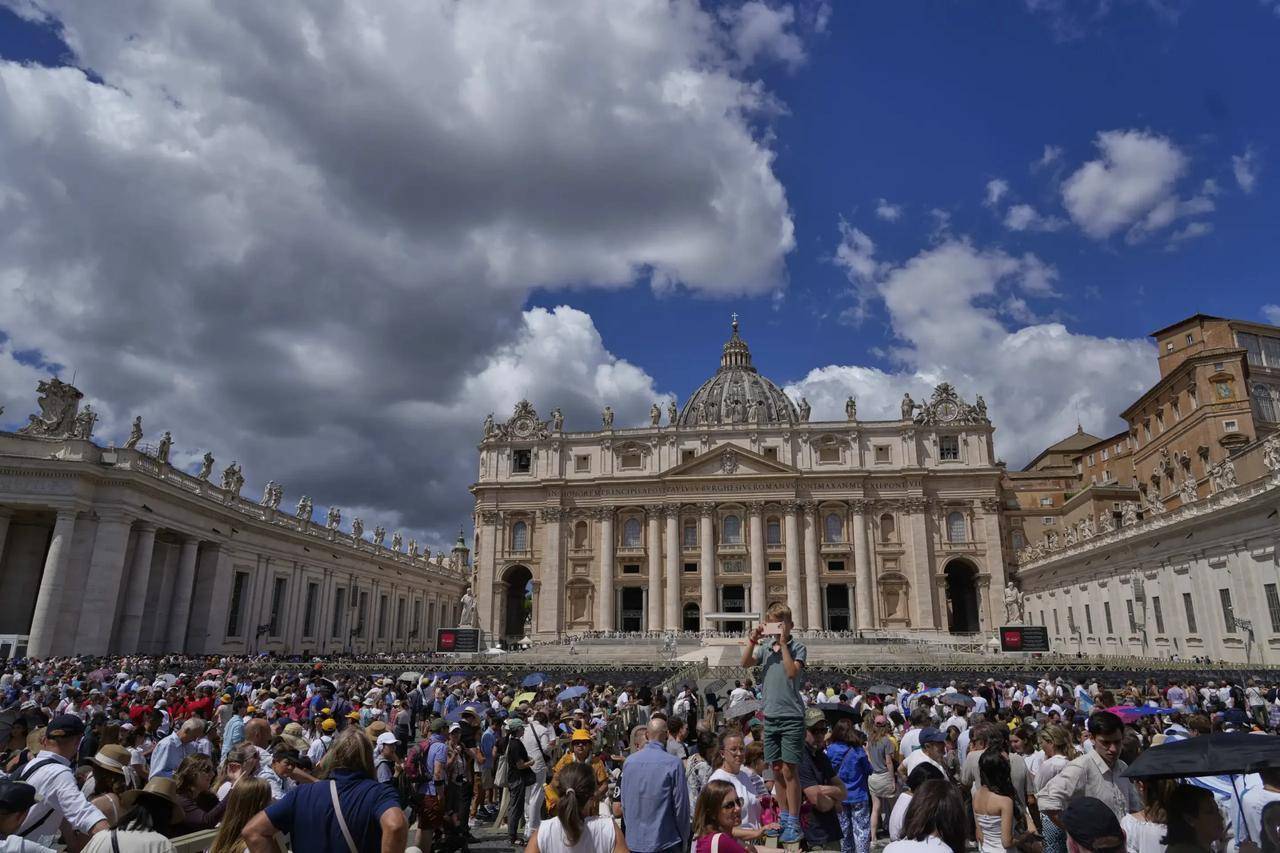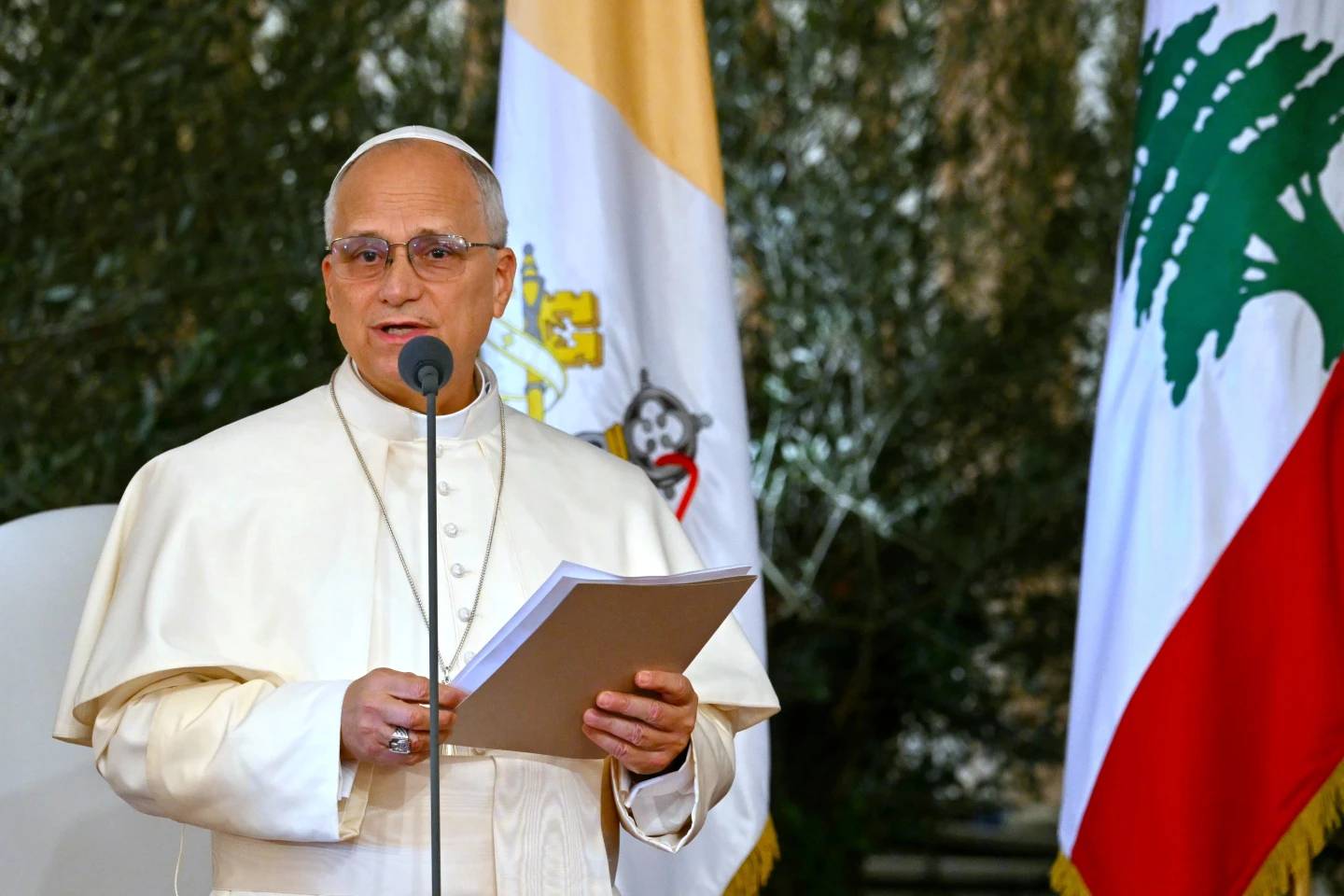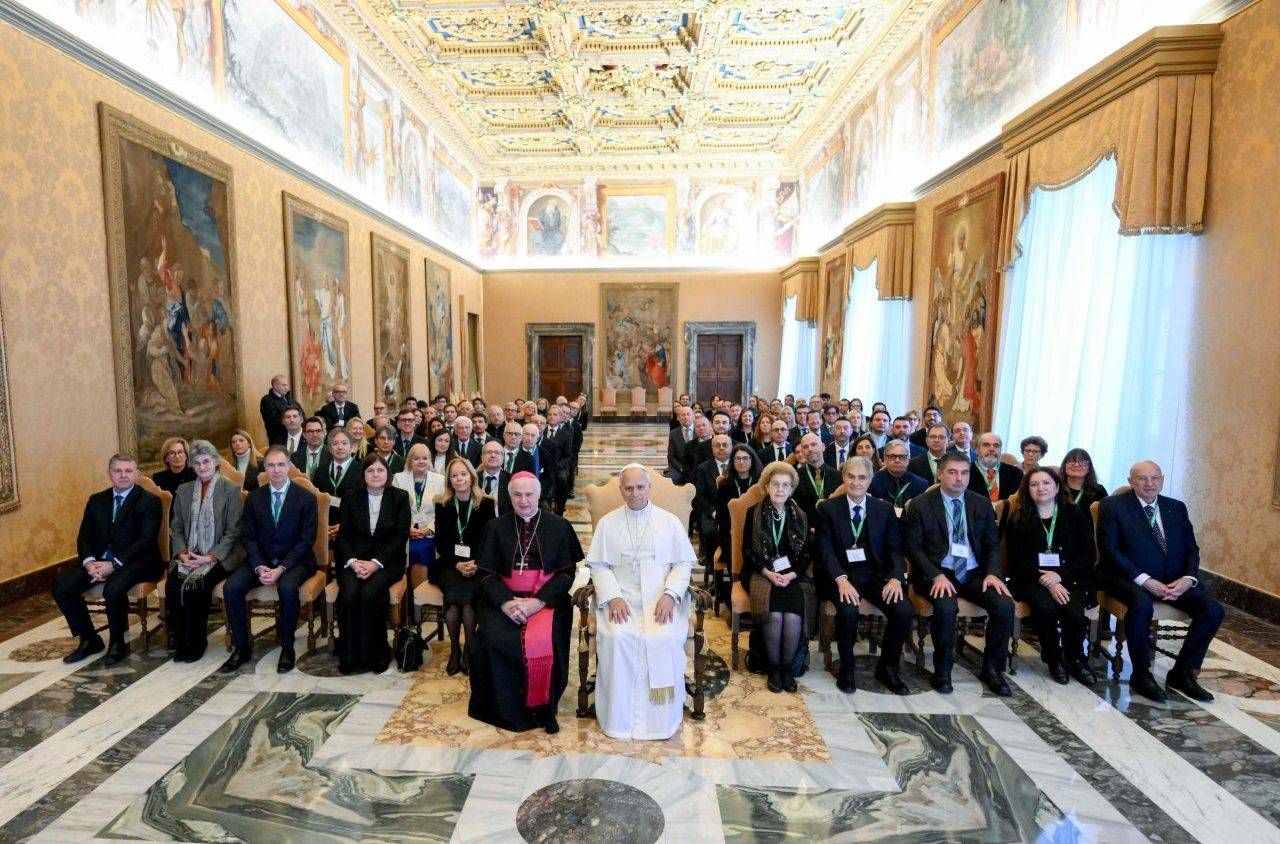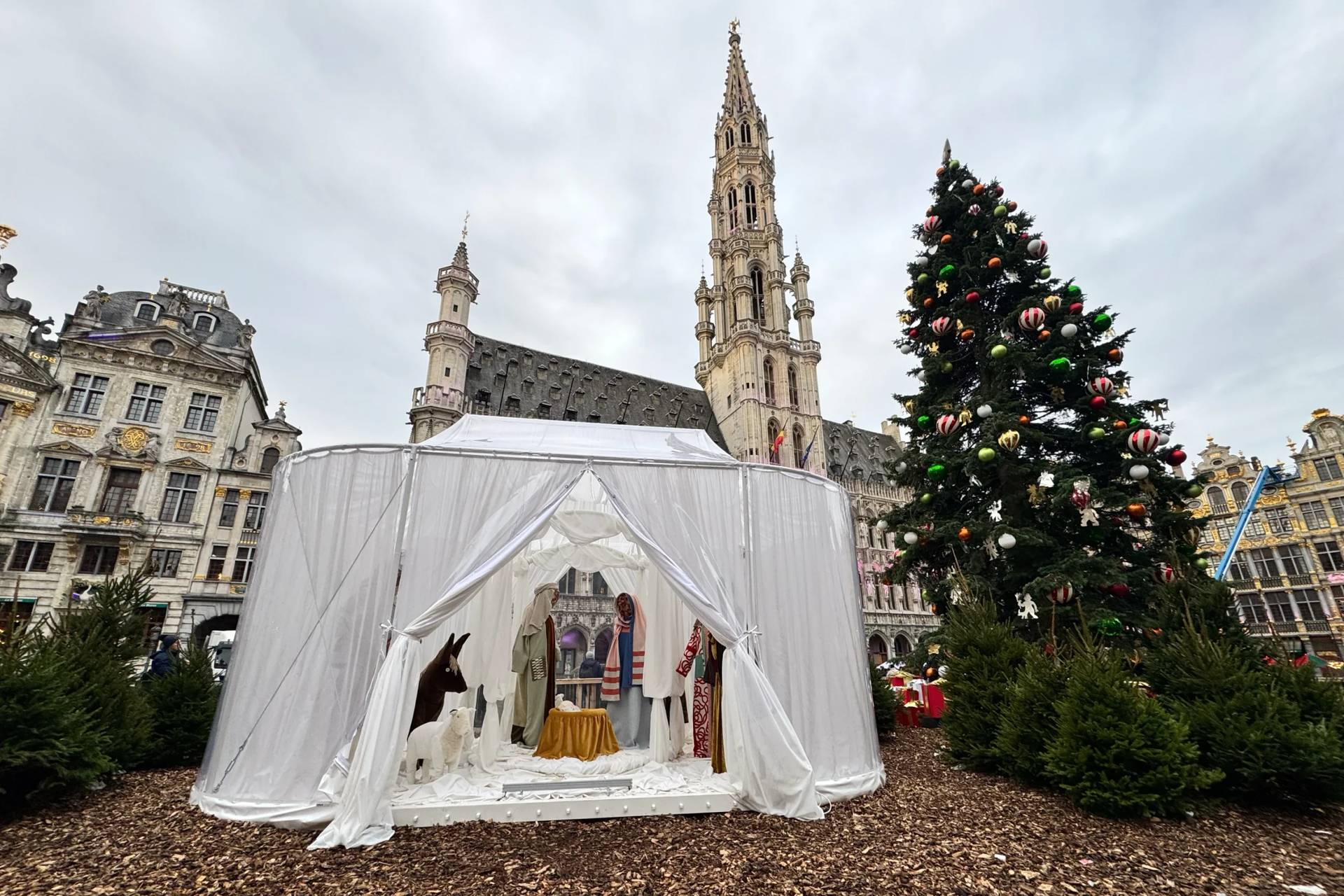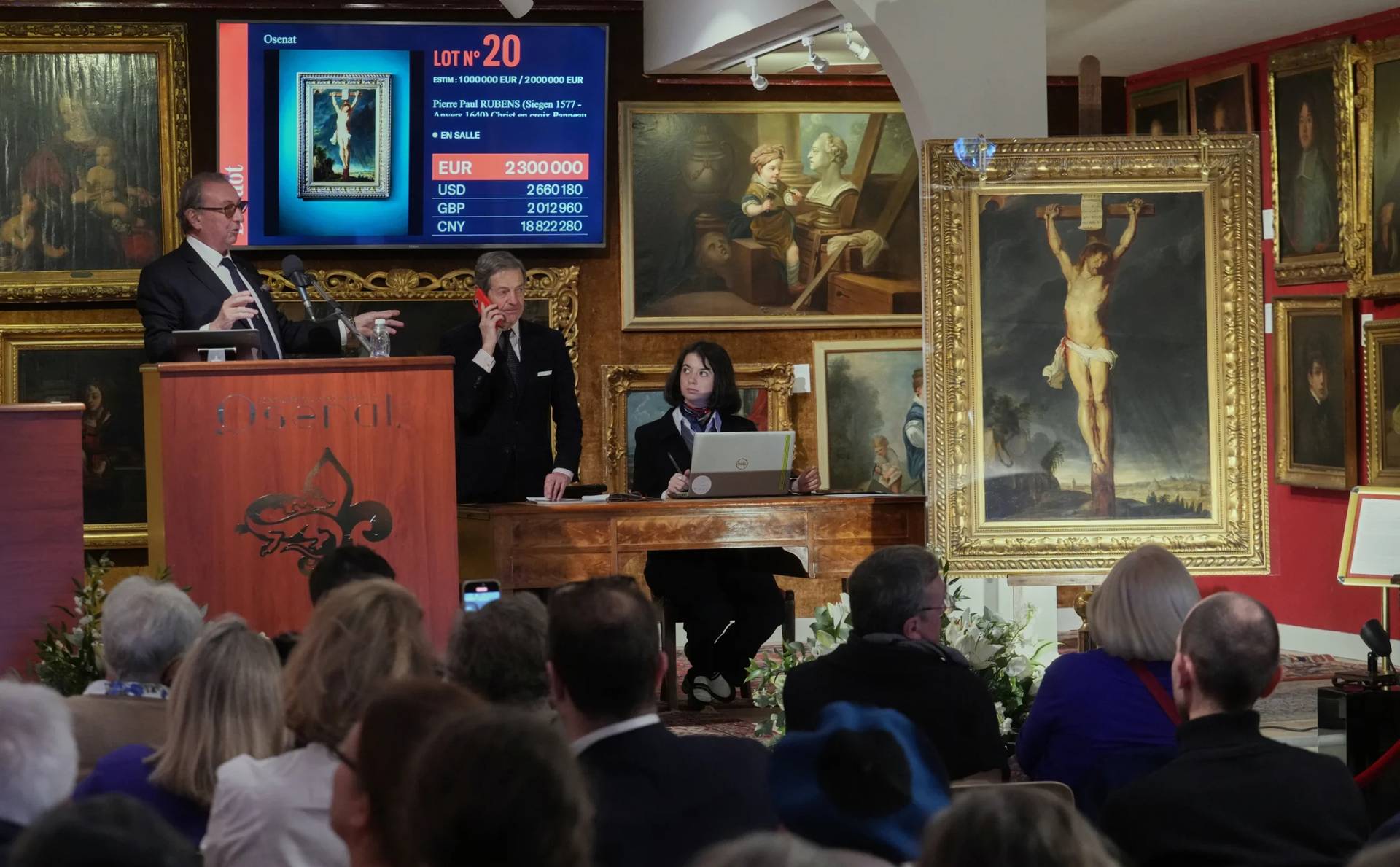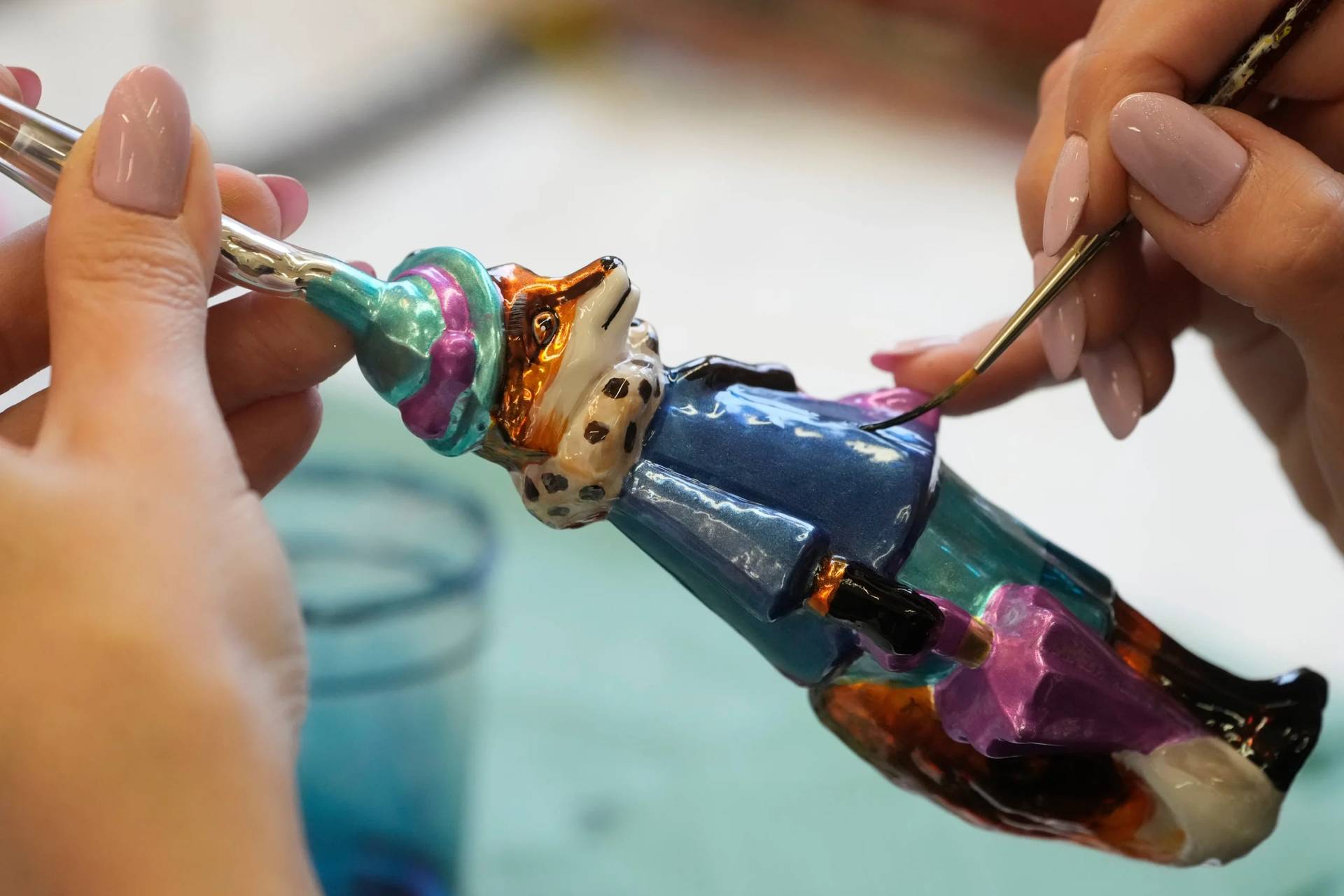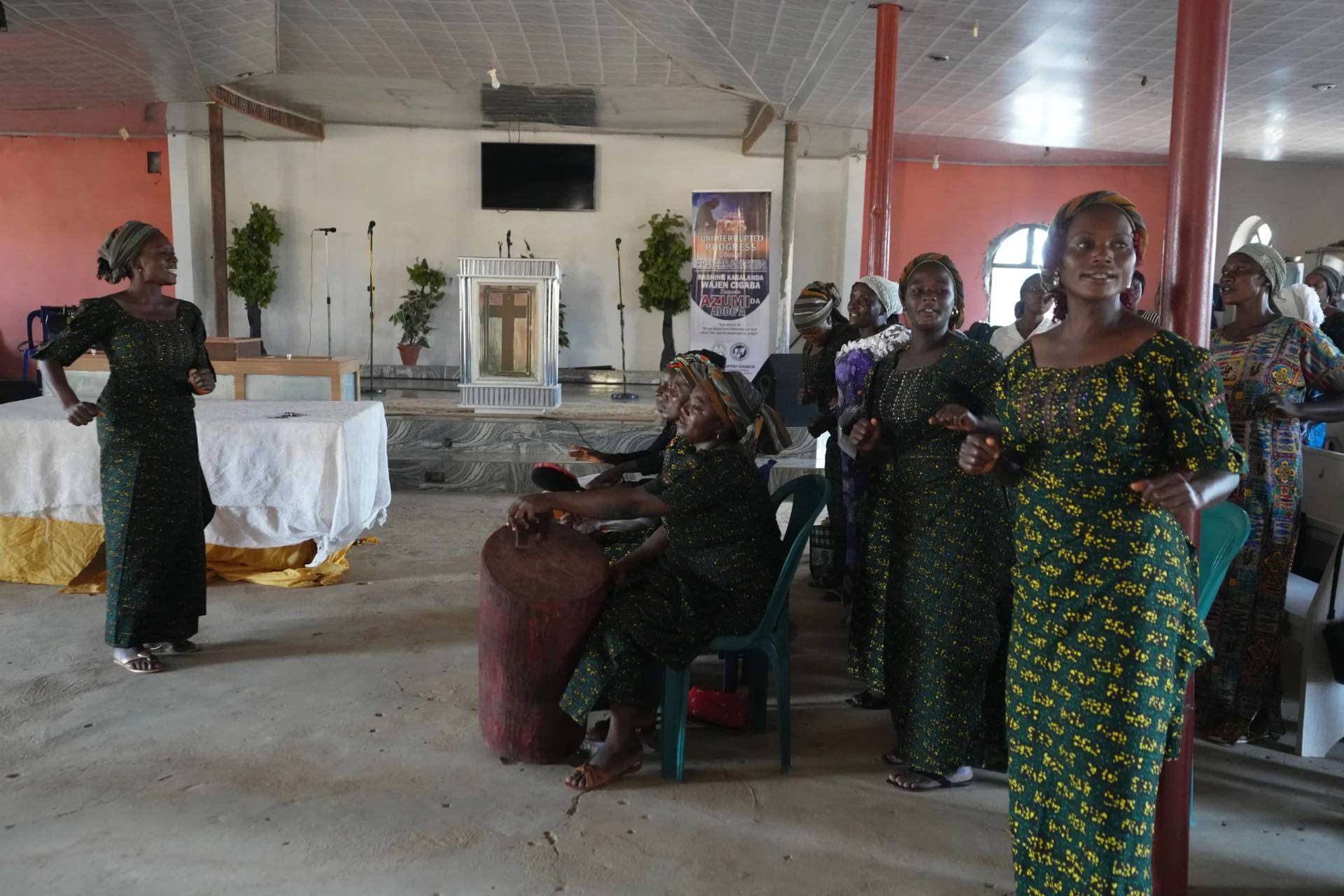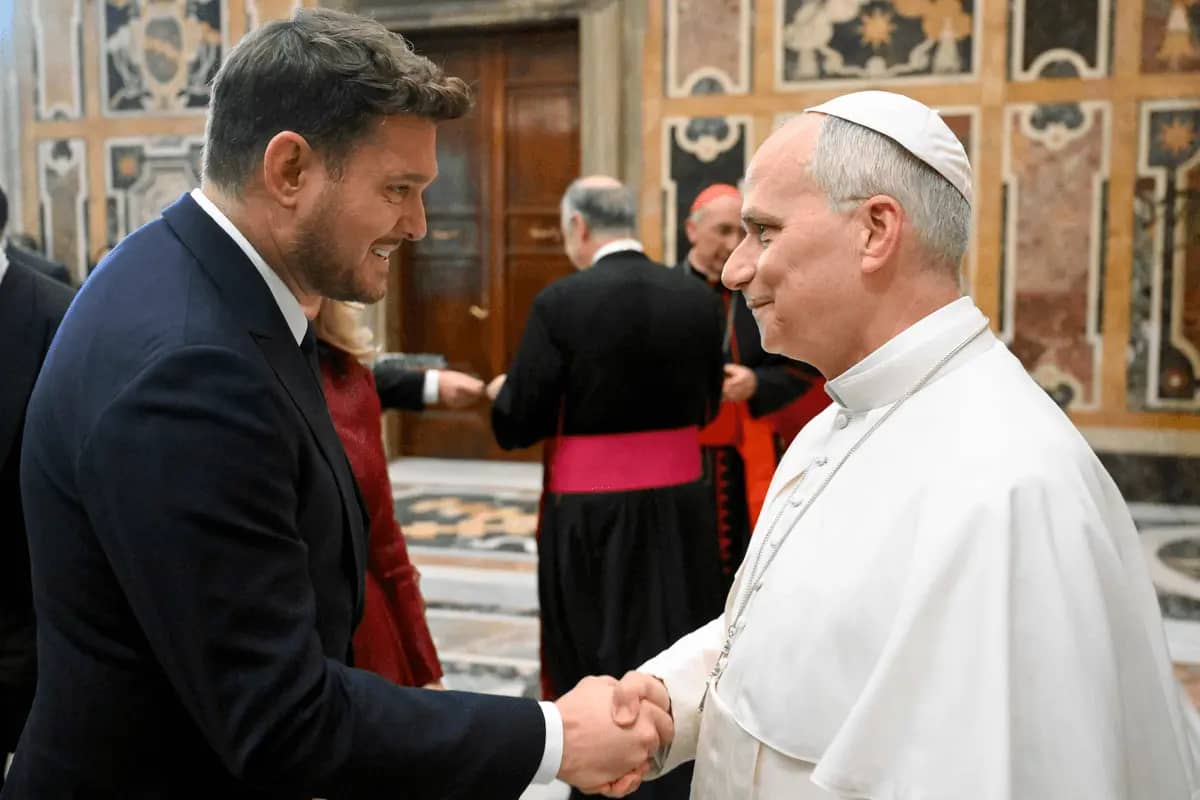ROME – While a massive hospital founded by Padre Pio strongly denied Saturday that it’s for sale, despite recent rumors to the contrary, how to resolve chronic debts and mounting labor difficulties at the Vatican-owned Casa Sollievo della Sofferenza, or “House of Relief of Suffering,” remains an open question.
Over the last week, a series of reports in the Italian press suggested the hospital’s administration has been in negotiations with several potential buyers, mostly large private sector holding companies.
A Nov. 23 statement posted on the hospital’s web site denied those reports, calling them “completely unfounded” and insisting that no such negotiations are underway, either with private healthcare groups or any other potential purchasers.
The hospital “remains the property of the Holy See, which, in the fall of 2022, nominated a new administrative council empowered to handle [the hospital’s] economic and financial difficulties,” the statement said.
“To this day, the Casa Sollievo della Sofferenza Hospital remains a fundamental health facility for the region of Puglia and for the whole of southern Italy,” it said.
Padre Pio opened the hospital on May 5, 1956, in San Giovanni Rotondo, the southern Italian community where his Capuchin friary was located. It’s part of the so-called “spur” on the heel of the Italian peninsula, jutting out into the Adriatic Sea.
The Casa Sollievo della Sofferenza is one of just two health care facilities, along with the Rome-based pediatric hospital Bambino Gesù, to be controlled directly by the Vatican. The facility is administered by a commission under the Vatican’s Secretary of State, while its property is controlled by the Administration of the Patrimony of the Apostolic See.
Today, the Casa Sollievo della Sofferenza encompasses 756 beds and 2,729 employees (including 469 physicians and 1,269 nurses), with an annual average of 32,551 admissions and 922,655 out-patient procedures. In 2023, according to hospital figures, it earned $240 million, of which $208 million came in the form of reimbursements from the region of Puglia for expenses covered by the national health system.
Despite being the largest and most modern health care facility in the southern half of Italy, for years the Casa Sollievo della Sofferenza has faced mounting financial headaches.
According to a 2023 report in the Italian newspaper Corriere della Sera, only four times in the previous 18 years had the hospital not finished with a deficit. Recently the mayor of San Giovanni Rotondo, Filippo Barbano, who is also a doctor of nuclear medicine at the hospital, confirmed that its total deficit is in the neighborhood of $260 million.
In 2019, the city council of San Giovanni Rotondo quietly asked the Vatican to pay off a little over $2 million in the hospital’s past-due property taxes. In 2022, Spanish Jesuit Father Juan Antonio Guerrero Alves, head of the Vatican’s Secretariat for the Economy, said the hospital must adopt “urgent measures” to avoid calling into question its survival.
A recovery plan to cut the hospital’s deficit involves reducing available beds to 585 in three years, increasing the efficiency of patient turnover, and also gradually reducing the workforce by only selectively replacing the estimated 350 employees who will retire between now and 2026. Some observers, however, have expressed doubts about whether those measures will work.
In addition, the Casa Sollievo della Sofferenza has also been plagued of late with labor difficulties.
A series of meetings last week between unions representing various categories of workers and management failed to resolve the problems, as some of the union representatives walked out of the meetings in protest. Among the sticking points are missed deadlines for the renewal of contracts and also announced cuts in bonuses for productivity.
Unions representing paramedics at the hospital also complained about inequities with respect to other medical staff, noting that right now physicians can make up to $520 a month in productivity incentives while paramedics receive only about $68.
More generally, the unions are insisting that the bulk of the burden for reducing institutional debt be placed on the backs of workers, calling instead for cuts in wasteful spending and in benefits which accrue only to a select few personnel.
The next round of talks been labor and management is set for Dec. 5, with the prospect of strikes and work stoppages on the horizon should an accord not be reached.
Barbano expressed confidence that Padre Pio will help the hospital to find solutions to its woes.
“St. Pio won’t abandon us, and he certainly won’t abandon the territory and the hospital that he wanted for those most in need,” he said. “I believe that the spirit that must animate us is that of being faithful to the teachings of Padre Pio.”
“We cannot allow a structure like this to be set aside, to be put aside, so you have to roll up your sleeves,” the mayor said. “It will perhaps require some sacrifice, but we are ready to support our House.”
